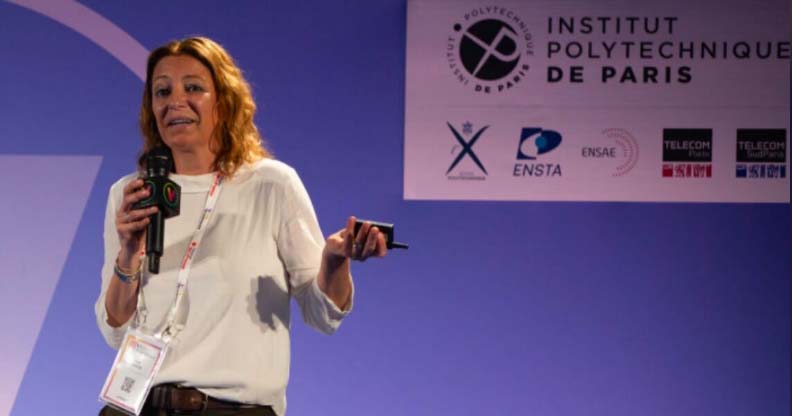Paris-Saclay Cancer Cluster and the Institut Polytechnique de Paris
05 February 2025
[…] Since February 2022, the Paris-Saclay Cancer Cluster (PSCC), of which IP Paris is a founding member along with the Université Paris-Saclay, Inserm, Gustave Roussy and Sanofi, has been organizing itself in response to this phenomenon. With funding of €100m over ten years as part of the France 2030 program, it is building a high-performance ecosystem to support players in oncology innovation. The PSCC acts as a catalyst to transform potentially revolutionary approaches into industrial diagnostic and therapeutic solutions for the fight against cancer. The aim is to make screening and treatment more predictive, precise and effective, for the benefit of patients.
“Startups and the scientific community in laboratories and hospitals are our core audience,” stresses Elsa Angelini.
[…] One of these infrastructures will be dedicated to data. This is one of the major challenges facing the cluster, which aims to facilitate its ecosystem’s access to real-life data, including the associated biological samples held in healthcare establishments. Data that can be consulted from multiple locations will be anonymized, cleansed, structured and interoperable. “This huge project involves structuring and combining information from images, patient records and biological analyses from French (and later European) hospitals specializing in the fight against cancer, using a common data model. This requires a great deal of work on the selection of clinical variables, the structure of the cleaned data and the integration technique via a portal enabling several establishments to be queried at the same time. A key milestone was reached in 2024 with the signing of agreements with the first three hospitals on the platform,” explains Elsa Angelini. […]